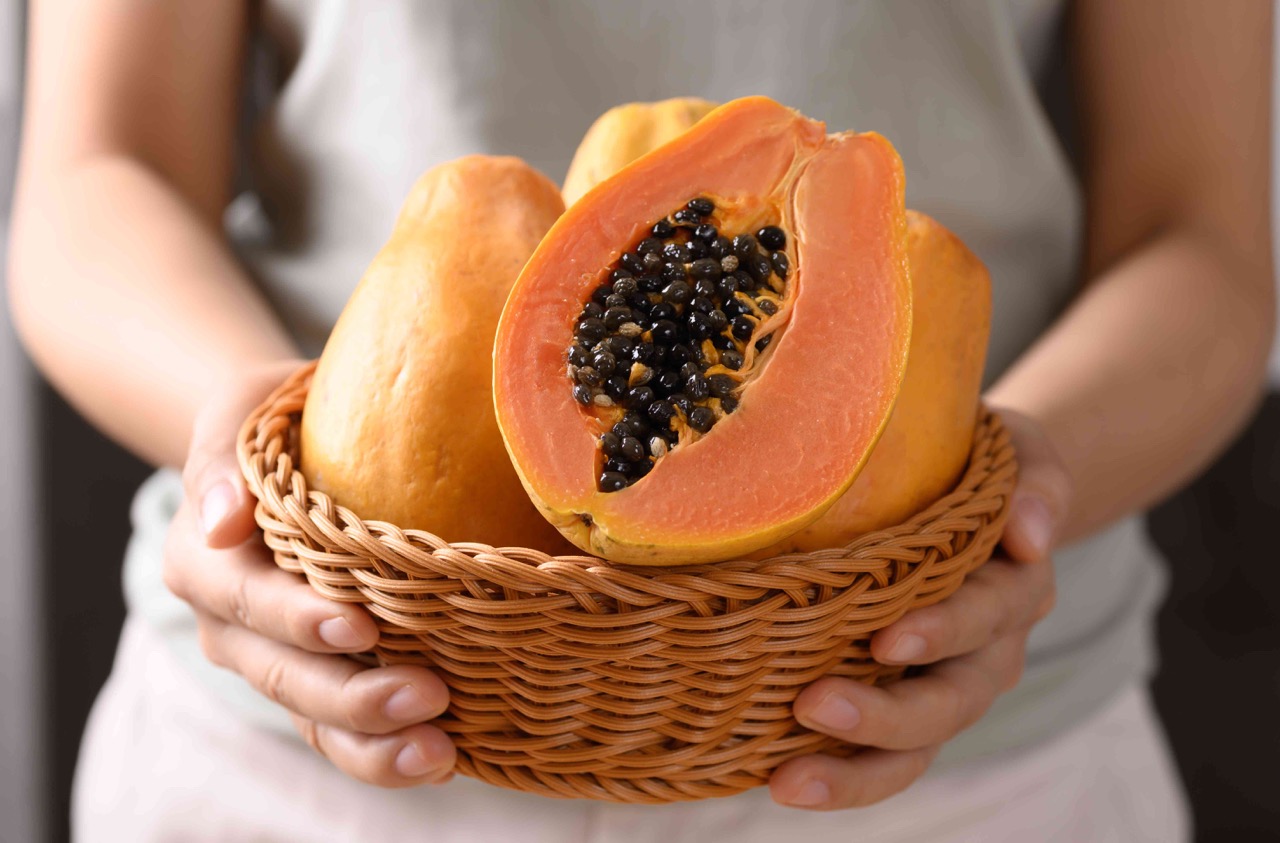

Articles
How To Store Papaya
Modified: January 8, 2024
Learn how to properly store papaya in this informative article. Discover the best methods to keep your papaya fresh and delicious.
(Many of the links in this article redirect to a specific reviewed product. Your purchase of these products through affiliate links helps to generate commission for Storables.com, at no extra cost. Learn more)
Introduction
Welcome to the world of papayas! This tropical fruit is not only delicious, but it also packs a nutritious punch. However, once you bring home a papaya, you may wonder how to store it properly to ensure it stays fresh for as long as possible. In this article, we will guide you through the steps of storing papaya, whether you have a whole fruit or have already cut it.
Papayas come in various shapes and sizes, with the most common being the large, pear-shaped fruit with a vibrant orange flesh. When selecting a papaya, look for one that is slightly soft to the touch and has a yellowish-orange skin. This indicates that the fruit is ripe and ready to be consumed.
Now that you have chosen a ripe papaya, let’s explore the different methods to store it and extend its shelf life.
Key Takeaways:
- Choose ripe papayas with a yellowish-orange skin and a slightly soft texture for optimal flavor and freshness. Trust your senses and prepare the fruit by washing, drying, and removing any damaged areas.
- Store whole papayas on the countertop for short-term consumption, or in the refrigerator to extend their shelf life. For cut papayas, refrigeration in an airtight container or a citrus juice bath can help maintain freshness. Consider freezing or canning for long-term storage options.
Read more: How To Store A Papaya
Choosing the Right Papaya
When it comes to choosing a papaya, there are a few factors to consider. By finding the right one, you can ensure that it will stay fresh for longer and provide optimal flavor when you’re ready to eat it.
Firstly, look for a papaya that is slightly soft to the touch. It shouldn’t be too firm or too mushy. Press gently on the skin, and if it gives a little, that’s a good indication that the fruit is ripe. Avoid papayas that are too hard, as they are likely underripe and will take longer to ripen at home.
Secondly, examine the color of the papaya. A ripe papaya typically has a yellowish-orange skin. The more vibrant the color, the riper the fruit. However, if the skin is green, you can still buy it and wait for it to ripen at home.
Size and shape can also vary among papayas, but the most common variety is the large, pear-shaped papaya. Keep in mind that the size and shape do not impact the quality or taste of the fruit. Select the one that appeals to you visually, and ensure that it meets the aforementioned criteria of softness and color.
Lastly, trust your sense of smell. A ripe papaya should have a sweet, tropical aroma. Give it a gentle sniff, and if it smells fragrant, it’s a good sign that the papaya is ripe and ready to be enjoyed.
By carefully choosing the right papaya, you set yourself up for success in terms of taste and freshness.
Preparing the Papaya for Storage
Before storing your papaya, it’s important to properly prepare it to ensure its longevity. Follow these steps to get your papaya ready for storage:
- Wash the Papaya: Start by rinsing the papaya thoroughly under cool running water. This will help remove any dirt or debris from the surface of the fruit.
- Dry the Papaya: After washing, gently pat the papaya dry with a clean towel or paper towel. Make sure to remove any excess moisture, as dampness can lead to spoilage.
- Remove Stickers and Tags: Check the papaya for any stickers or tags that might be attached. Peel them off carefully to ensure they don’t leave any residue on the skin.
- Trim and Discard Any Bruised or Spoiled Areas: Inspect the papaya and identify any bruised or spoiled areas. Use a knife to carefully cut away these sections. It’s important to remove them to prevent them from spreading and affecting the rest of the fruit.
By following these steps, you can ensure that your papaya is clean and free from any damaged or spoiled areas, which will help prolong its freshness during storage.
Storing Whole Papaya
If you have a whole papaya that you’d like to store for later use, there are a few methods you can try. Choose the one that best suits your needs and the available storage space:
- Countertop Storage: If you plan to consume the papaya within a few days, you can leave it on the countertop at room temperature. Keep it away from direct sunlight and heat sources. However, keep in mind that papayas can ripen quickly at room temperature, so monitor its progress and consume it before it becomes overripe.
- Refrigerator Storage: To extend the shelf life of the papaya, place it in a plastic bag or wrap it in a paper towel and store it in the refrigerator. This method can help slow down the ripening process and keep the papaya fresh for up to a week. However, note that refrigeration may affect the texture of the papaya, making it slightly softer.
- Papaya Keeper or Fruit Bowl: Another option is to use a papaya keeper or a fruit bowl with a lid. These containers are designed to provide optimal airflow while protecting the papaya from any external elements. Place the whole papaya inside the container and store it in a cool, dry place.
Remember to periodically check the stored papaya for any signs of spoilage, such as mold or unusual odors. If you notice any, discard the papaya to avoid any health risks.
By using these storage methods, you can enjoy ripe, ready-to-eat papayas for a longer period.
Store papaya at room temperature until ripe, then refrigerate to slow down ripening process. Once cut, store in airtight container in the fridge for up to 3 days.
Storing Cut Papaya
If you’ve already cut into a papaya and only have a portion left, it’s important to store it properly to maintain its freshness and flavor. Here are some methods to store cut papaya:
- Refrigerator Storage: Place the cut papaya in an airtight container or wrap it tightly with plastic wrap. This will help prevent the fruit from drying out and protect it from absorbing any odors from other items in the refrigerator. The cut papaya can be stored in the refrigerator for up to 2-3 days.
- Citrus Juice Bath: To further extend the shelf life of cut papaya, you can immerse it in a citrus juice bath. The natural acidity of citrus fruits like lemon or lime can help prevent browning and preserve the freshness of the papaya. Simply squeeze some lemon or lime juice into a bowl, and place the cut papaya pieces in the juice bath. Then, cover the bowl with plastic wrap and store it in the refrigerator.
Regardless of the method you choose, it’s essential to keep the cut papaya refrigerated at all times to slow down the spoilage process. Be sure to check for any signs of mold, discoloration, or off odors before consuming the cut papaya. If you notice any of these signs, it’s best to discard the fruit to avoid any potential health risks.
Remember, storing cut papaya is a temporary solution, so try to consume it within a few days to enjoy its optimal flavor and texture.
Read more: How To Store Cut Papaya
Freezing Papaya
If you have an abundance of papaya or want to preserve it for longer periods, freezing is a great option. Freezing papaya allows you to extend its shelf life while also ensuring its nutritional value and taste remain intact. Here’s how to freeze papaya:
- Preparing the Papaya: Start by washing and peeling the papaya. Remove the seeds and cut the fruit into desired pieces or slices. Alternatively, you can scoop out the flesh and create papaya puree.
- Blanching (optional): Blanching is not necessary for freezing papaya, but it can help maintain the fruit’s texture and color. If you choose to blanch, bring a pot of water to a boil and immerse the papaya pieces in boiling water for 2 minutes. Immediately transfer the blanched papaya into a bowl of ice water to stop the cooking process. Pat dry before freezing.
- Packaging: Place the prepared papaya pieces or puree into airtight freezer-safe containers or zip-top bags. Make sure to remove any excess air from the bags before sealing to minimize the risk of freezer burn.
- Labeling and Dating: Don’t forget to label the containers or bags with the date of freezing. This will help you keep track of the storage time and ensure you use the oldest papaya first.
- Freezing: Put the containers or bags in the freezer and make sure they are laid flat to prevent the papaya from sticking together. Allow sufficient space between each piece or bag to ensure efficient freezing.
Frozen papaya can be stored in the freezer for up to 8-12 months. When you’re ready to use the frozen papaya, simply thaw it in the refrigerator overnight or use it directly in smoothies, desserts, or other recipes that call for frozen papaya.
Remember, the texture of papaya might change slightly after freezing, but its flavor and nutritional value will remain intact.
Canning Papaya
If you’re looking for a long-term preservation method for papaya, canning is a popular option. Canning not only allows you to store papaya for an extended period but also helps retain its flavor and texture. Here’s a step-by-step guide on how to can papaya:
- Selecting Ripe Papaya: Choose fully ripe papayas that are firm and have a vibrant color. Avoid overly ripe or underripe fruits, as they may not hold up well during the canning process.
- Preparing the Papaya: Begin by washing the papaya thoroughly and peeling off the skin. Cut the papaya into desired shapes or slices, removing the seeds and any fibrous portions.
- Prepare Syrup: In a large saucepan, prepare a syrup by combining water and sugar. The ratio of sugar to water can vary depending on your preference and desired sweetness level. Bring the syrup to a boil, stirring until the sugar is completely dissolved.
- Blanching the Papaya: Blanch the prepared papaya pieces in boiling water for a brief period, typically 2-3 minutes. This step helps preserve the color, texture, and nutritional value of the fruit.
- Hot Packing: While the papaya is still hot, pack it into sterilized glass jars, leaving around 1 inch of headspace at the top. Pour the hot syrup over the papaya, making sure it covers the fruit entirely.
- Processing the Jars: Wipe the jar rims clean and place sterilized lids and rings on top. Process the jars in a hot water bath canner, following the recommended processing time based on your altitude and jar size.
- Cooling and Storage: Once the jars have been processed, carefully remove them from the canner and let them cool on a towel or wire rack. Ensure that the lids pop and form a seal before storing the jars in a cool, dark place.
Canned papaya can be stored for a long time, typically up to one year or longer, as long as the seals remain intact. When you’re ready to enjoy the canned papaya, simply open a jar and drain the syrup before using it in salads, desserts, or as a standalone snack.
It’s important to note that canning requires proper sterilization techniques to ensure food safety. Follow recommended canning guidelines and procedures to maintain the quality and safety of your canned papaya.
Conclusion
Papayas are a delicious and nutritious tropical fruit that can be enjoyed in a variety of ways. Whether you have a whole papaya or have already cut it, proper storage techniques can help prolong its freshness and ensure it remains flavorful.
When choosing a papaya, look for ones that are slightly soft to the touch with a yellowish-orange skin. This indicates ripeness and readiness for consumption. Properly preparing the papaya by washing, drying, and removing any damaged areas will help maintain its quality during storage.
Depending on your needs and available storage space, you can store whole papayas on the countertop if they will be consumed within a few days, or in the refrigerator to extend their shelf life. Using a papaya keeper or fruit bowl with a lid can also preserve the fruit’s freshness.
If you have cut papaya, refrigeration in an airtight container is the best option, or you can create a citrus juice bath to further prevent browning. Remember to use the cut papaya within a few days for optimal taste and texture.
For long-term storage, freezing or canning are excellent methods. Freezing papaya allows you to enjoy the fruit for up to 8-12 months, while canning preserves it for even longer. Properly following the steps for blanching, packing, and processing will ensure the best results when canning papaya.
By implementing these storage techniques, you can enjoy the deliciousness of papaya all year round and reduce waste. Remember to always inspect the fruit for any signs of spoilage before consumption.
So, the next time you come across a ripe papaya, you’ll be equipped with the knowledge and skills to store it properly, extending its shelf life and savoring its delectable taste for as long as possible.
Frequently Asked Questions about How To Store Papaya
Was this page helpful?
At Storables.com, we guarantee accurate and reliable information. Our content, validated by Expert Board Contributors, is crafted following stringent Editorial Policies. We're committed to providing you with well-researched, expert-backed insights for all your informational needs.
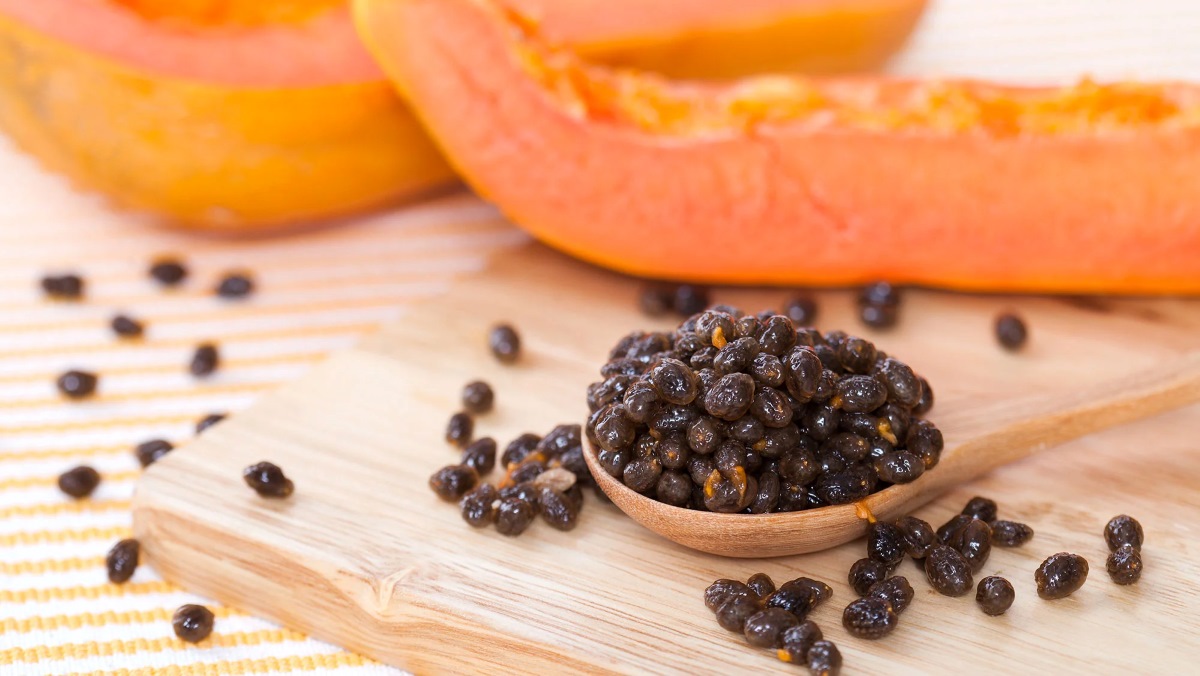
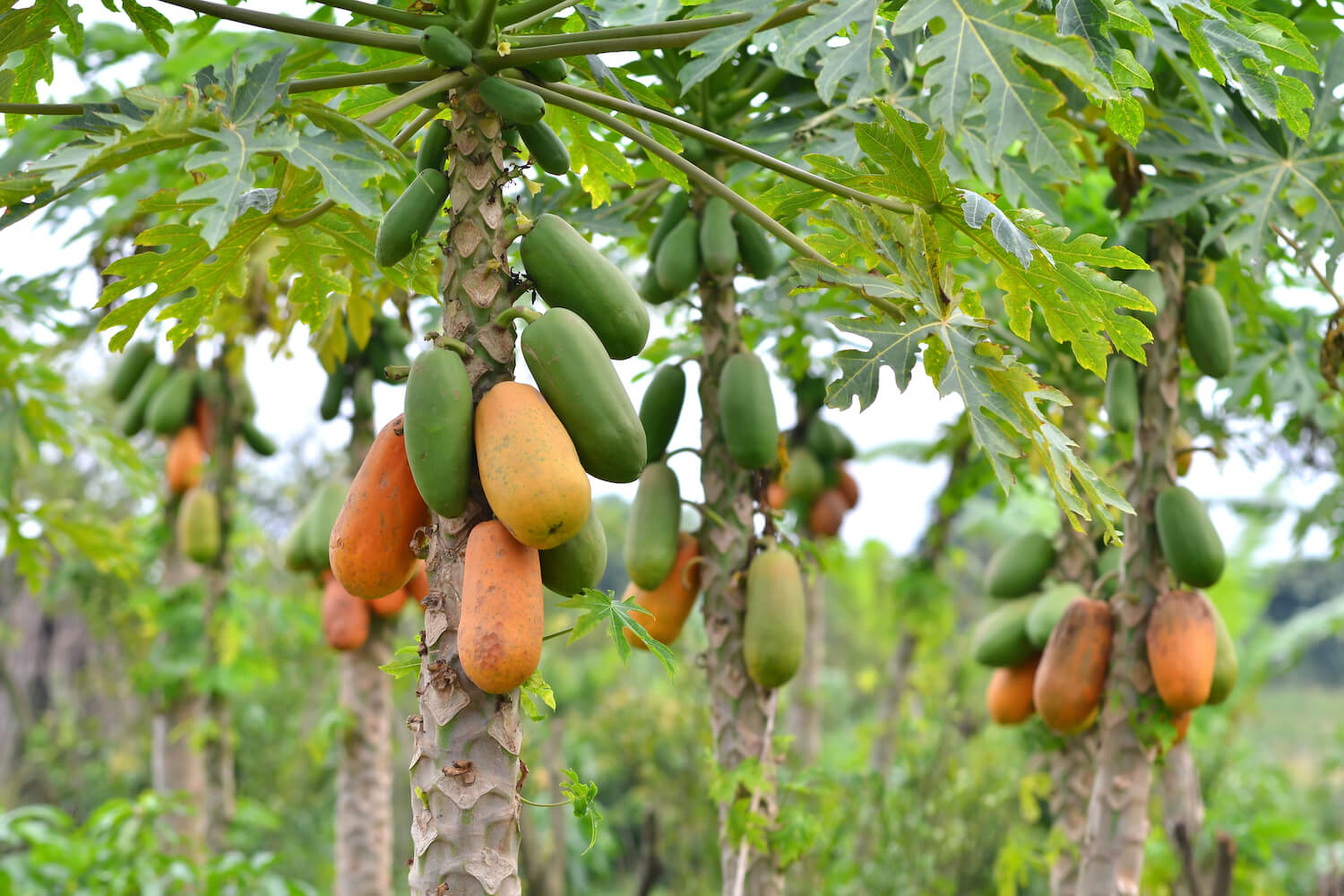
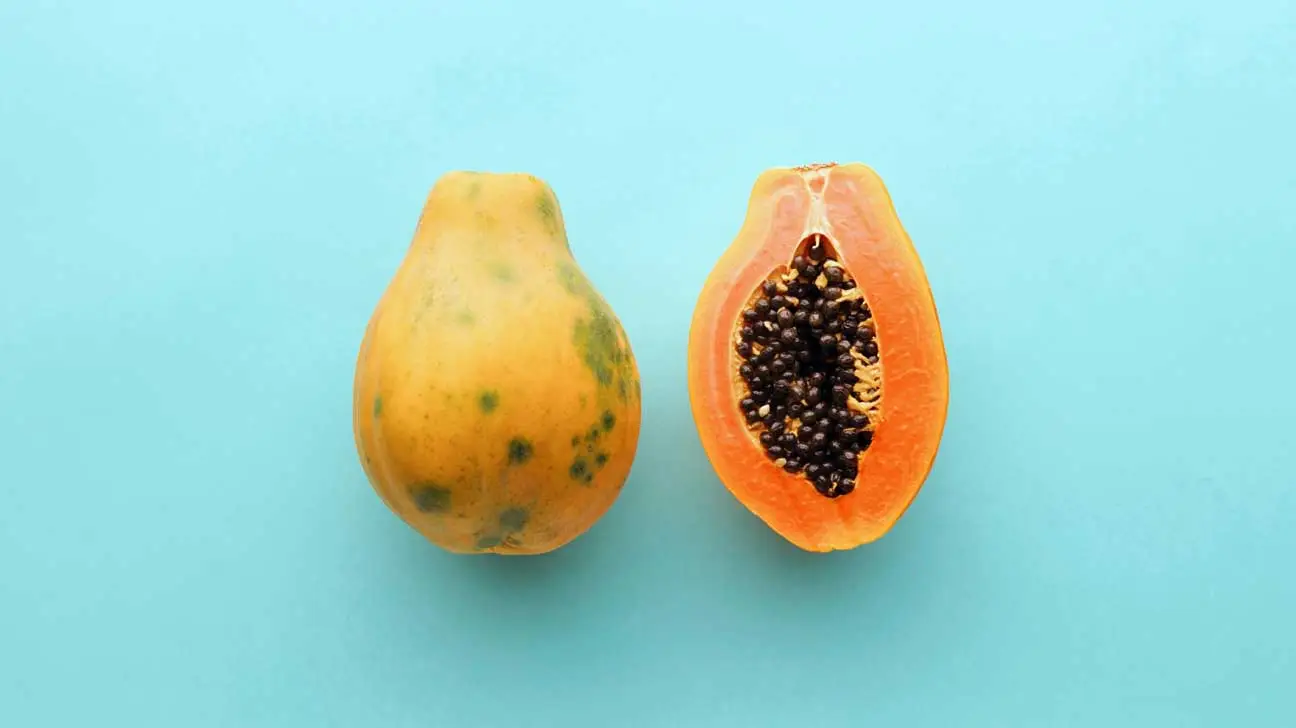
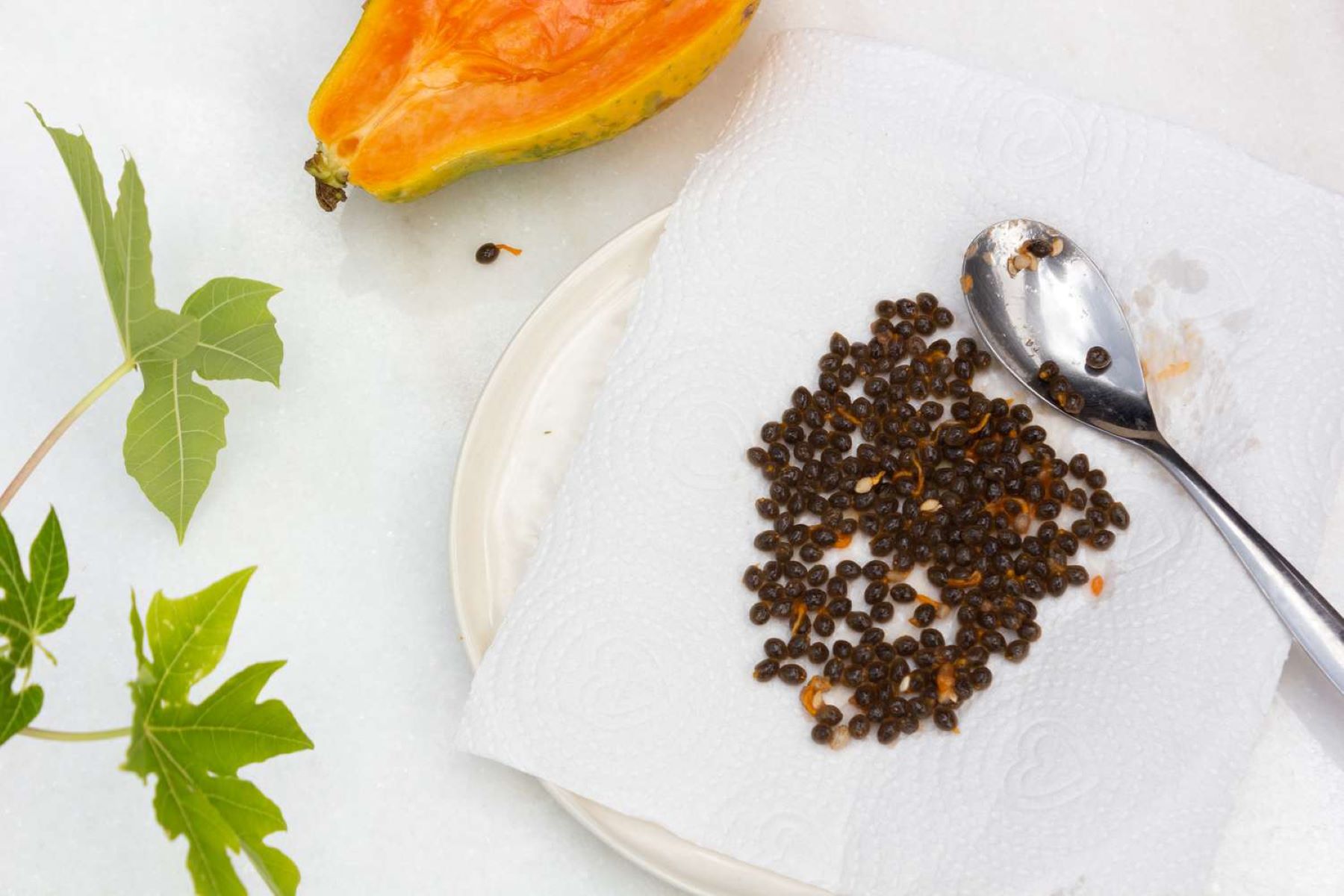
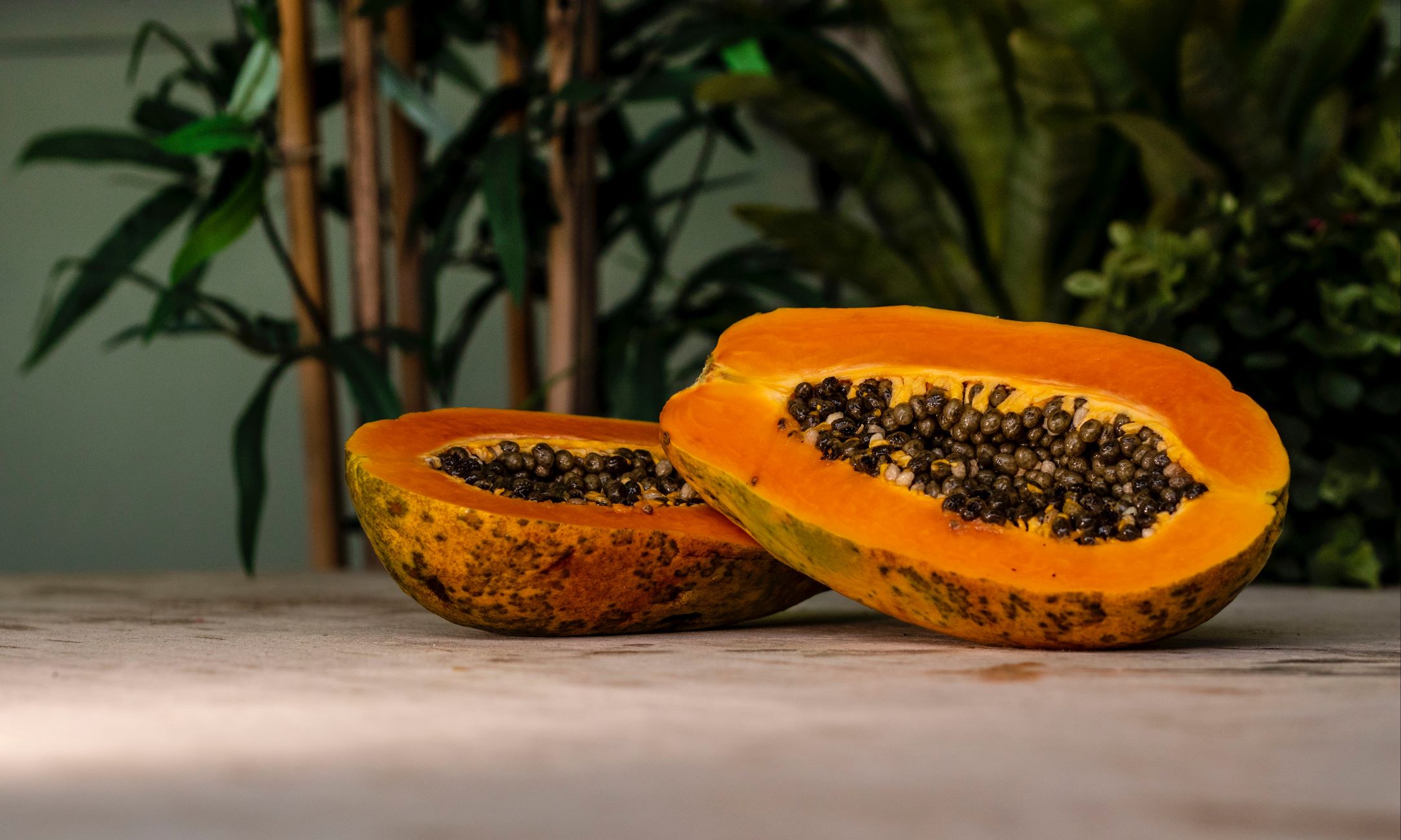
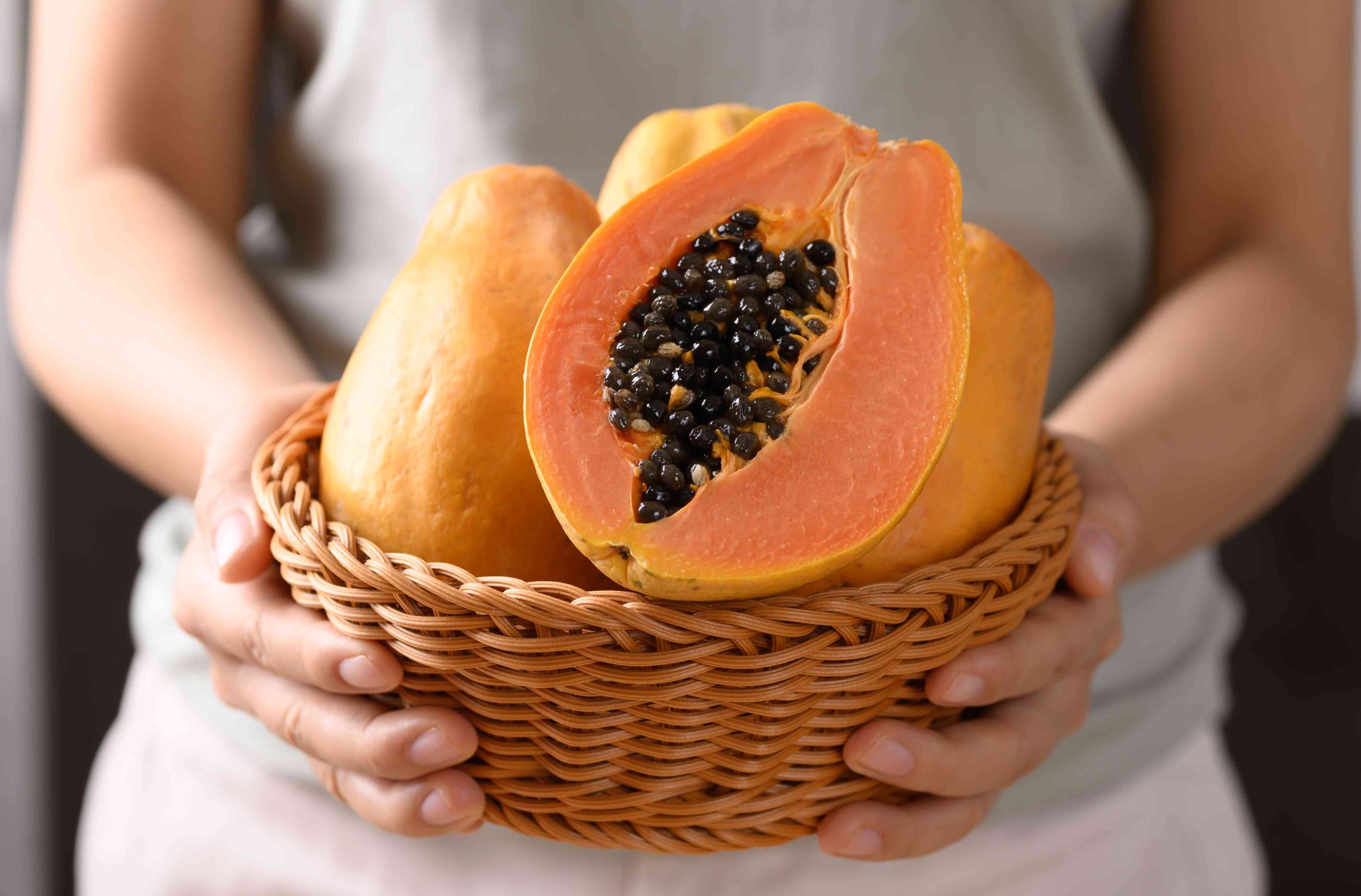
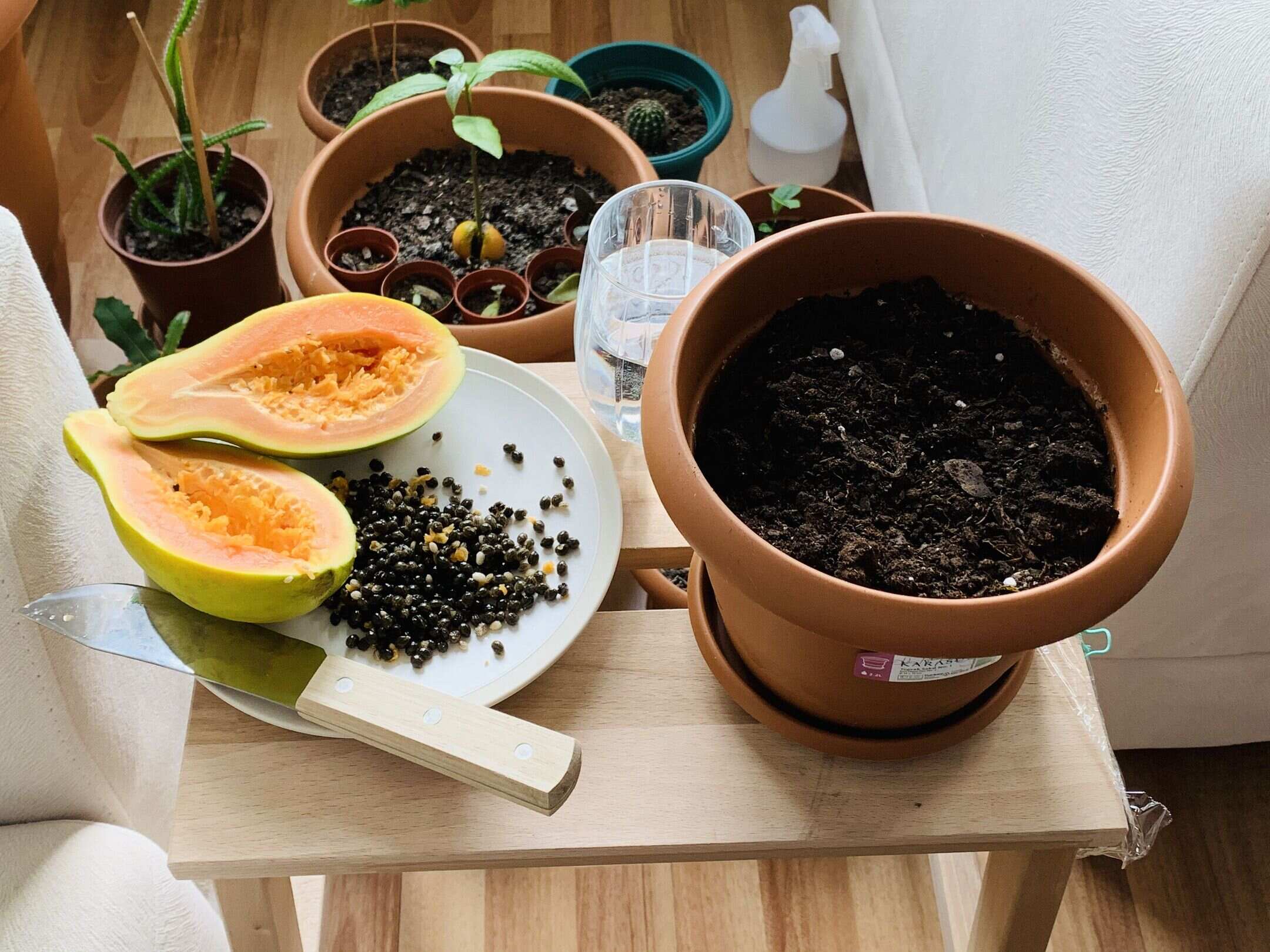
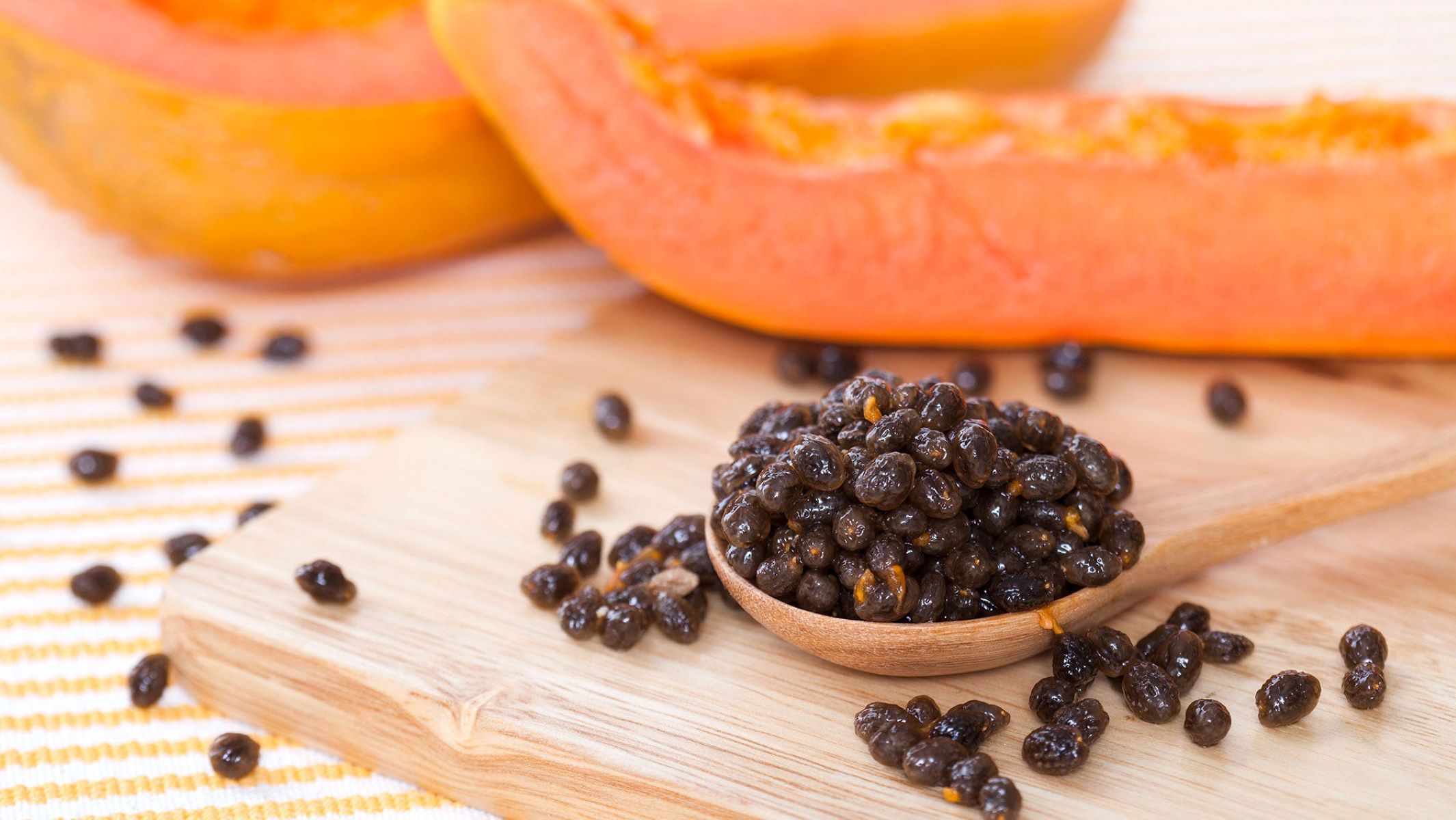
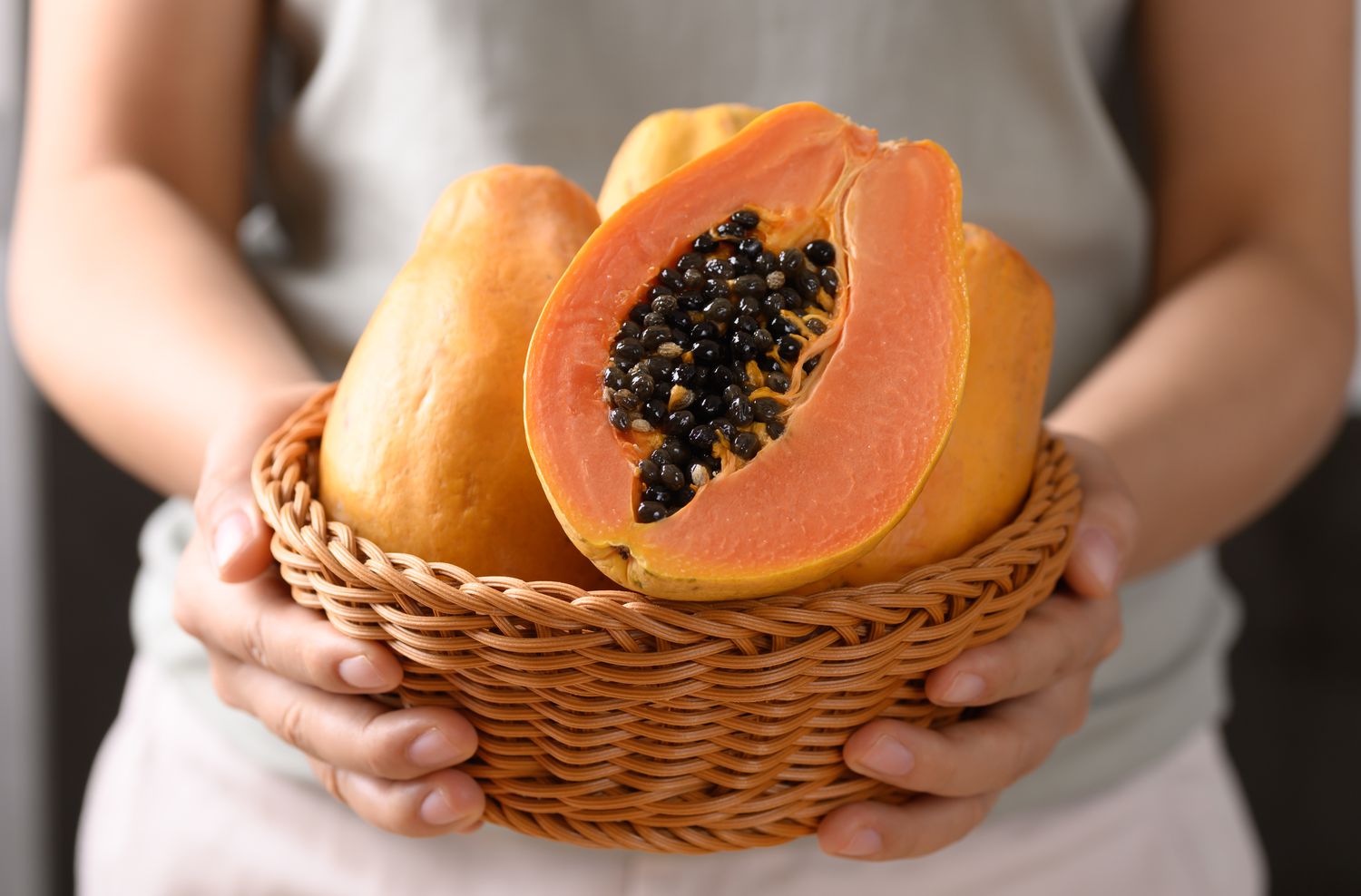
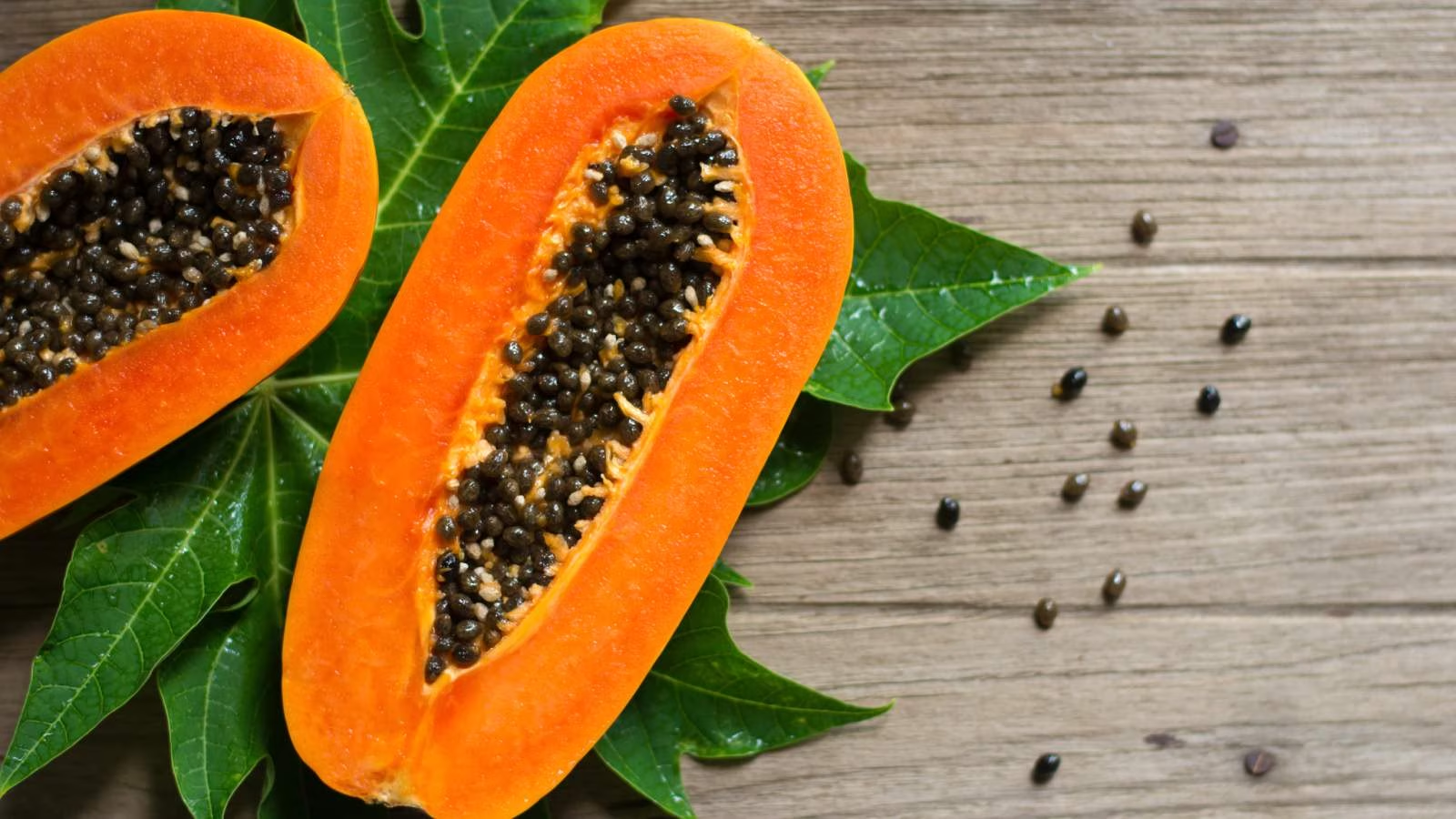
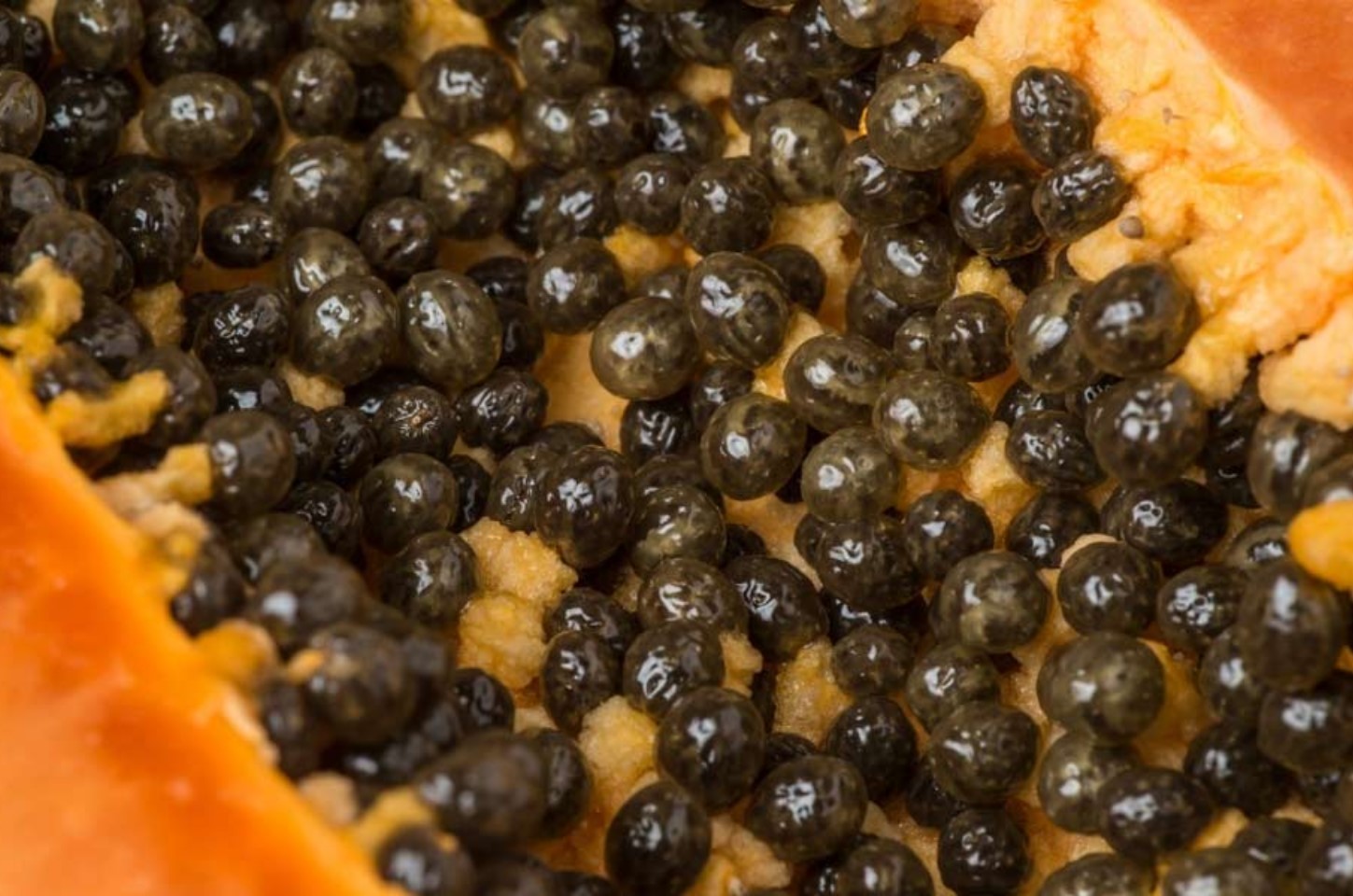
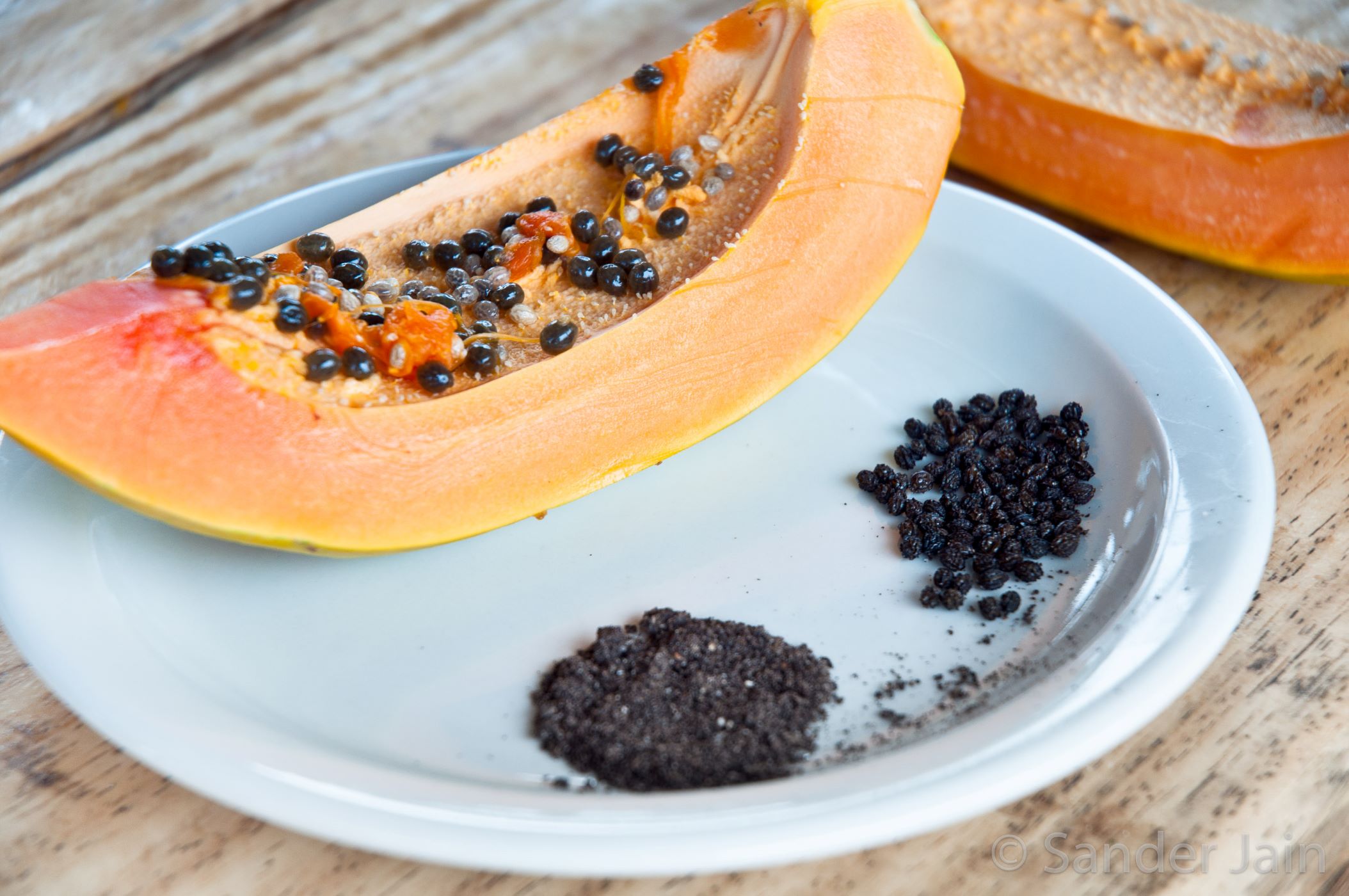



0 thoughts on “How To Store Papaya”